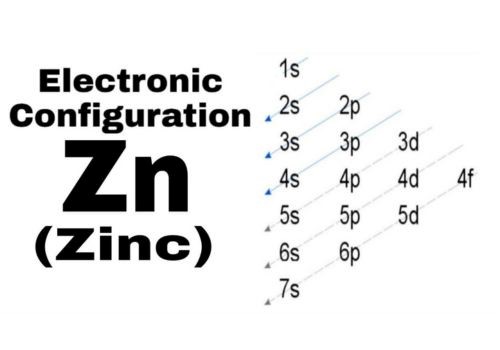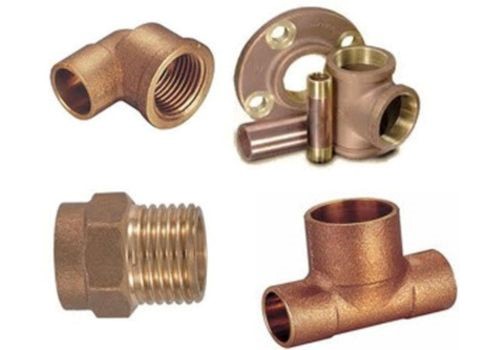Zinc is a black-white metal and a vital metal mainly used to coat other metals like iron to prevent rusting. Likewise, it has a relatively lower melting point than other metals.
The Melting Point of Zinc is:
- 5 °C
- 1 °F
Properties of Zinc

Zinc has specific characteristics; when some other alloys are added, it becomes more valuable. Meanwhile, it remains brittle at room temperature. However, becomes malleable when you heat it to give it a different shape.
| Property | Value |
| Atomic Number | 30 |
| Melting Point | 419.5 °C (787 °F) |
| Specific Heat Capacity | 0.39 J/g°C |
| Density | 7.14 g/cm³ |
| Boiling Point | 907 °C (1665 °F) |
Factors Influencing Zinc Melting Temperature
When you add some kind of purity or impurity, like some alloy in zinc, it increases or decreases the melting point.
Meanwhile, having a melting point of 419.5 °C or 787 °F is still relatively low compared to other periodic table metals. However, when you add some impurities like lead or iron, the melting point will decrease slightly.
Likewise, adding other metals to zinc will create alloys with different properties and melting points. For example, when you use aluminum, it increases the melting point.
On the other hand, when you add copper, the melting point of zinc is lower.
Melting Point Ranges of Common Zinc Alloys
The specific ranges of melting points still depend on the alloy composition.
| Alloy Type | Melting Point Range (°C) | Melting Point Range (°F) |
| Zinc-Aluminum (Zn-Al) | 380°C – 460°C | 716°F – 860°F |
| Zinc-Copper (Zn-Cu) | 385°C – 470°C | 725°F – 878°F |
Recent Developments in Zinc Melting Point
Here are some key findings according to recent advancements:
| Aspect | Key Finding | Description |
| Zinc Oxide Nanostructures | Various Fabrication Methods | French process (conventional) Mechanochemical process- Vapor phase route |
| Fabrication Methods | Details | All methods involve melting Zinc at high temperatures (1000-1400°C) in air/oxygen. Followed by calcination and hydrothermal treatment. |
| Mechanochemical Process | Specific Technique | Ball milling zinc with sodium carbonate and sodium chloride, followed by calcination (250-400°C). |
| Mechanochemical Process | Result | Spherical ZnO nanoparticles with narrow size distribution. |
| Vapor Phase Route | Process | Reacting zinc with oxygen at high temperatures and pressures. |
| Vapor Phase Route | Result | Growth of ZnOnanorods along the c-axis direction. |
| Electrogalvanizing | Deposits zinc on steel strips through an electrolytic process. | |
| Electrogalvanizing | Advantage | Better control over coating thickness compared to hot-dip galvanizing. |
| Zinc Alloys | Focus | Low melting points and good mechanical properties. |
| Zinc Alloys | Applications | Roofing, construction, and various others. |
| Overall Impact | Advancements | Expanded range of applications for zinc and its alloys in nanotechnology and materials science. |
Applications of Zinc Melting Point in Various Industries
Adding multiple alloys to Zinc gives it different melting behaviors and various uses. A good example is bronze that makes a wide range of fittings.

Meanwhile, zinc zinc is used in many industries. In galvanization, Zinc is used to prevent rust in zinc steel. Also, it is compulsory for construction and automotive industry parts.
However, as they have good casting properties, they are ideal for de-casting.
They are also good electricity and heat conductors, so that they can be used in electronics. Meanwhile, it is now being used in batteries like zinc copper batteries.
Also, while having many uses in other industries, Zinc is essential for improving health because it is used in nutritional supplements to improve human health.
Conclusion
Alloys affect the melting point. On the other hand, zinc is an essential metal used in various applications and industries. Zinc is very versatile as its melting temperature is low. This is also why it is used in the galvanizing industry.
More Resources:
Does Zinc Rust – Source: KDM
Is Zinc Magnetic – Source: KMD
The Complete Guide to Zinc Plating – Source: KMD
Melting Point of Glass – Source: KDM
Melting Point of Magnesium – Source: KDM
Melting Point of Graphite – Source: KDM




